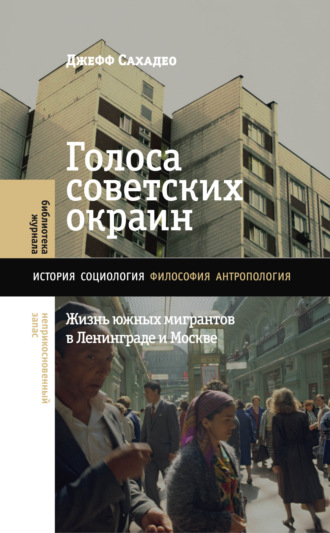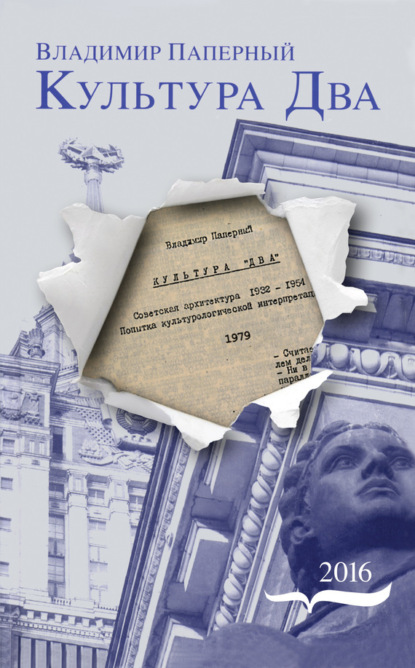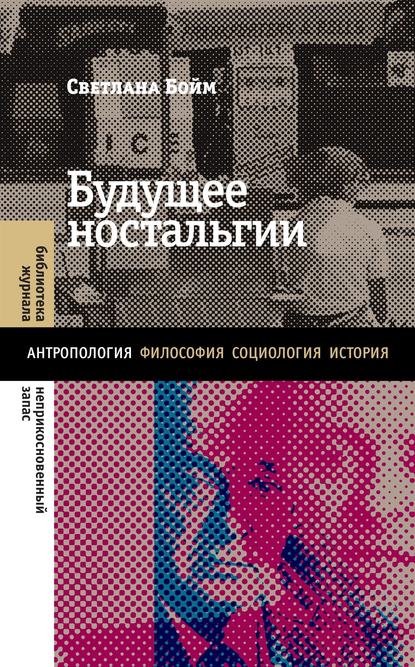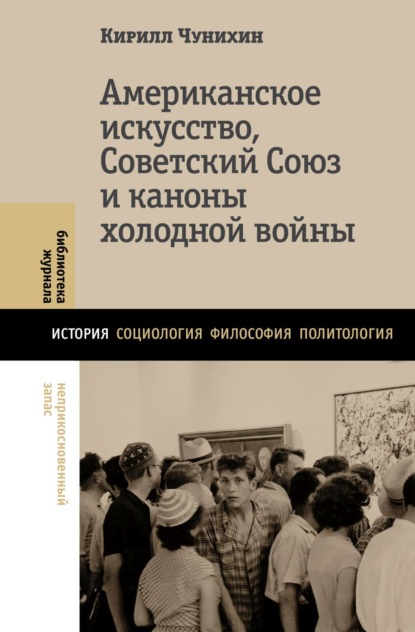
Полная версия
Голоса советских окраин. Жизнь южных мигрантов в Ленинграде и Москве
87
Более детальное рассмотрение этой темы см. в главе 2.
88
Hirsch F. Empire of Nations: Ethnographic Knowledge and the Making of the Soviet Union. Ithaca, NY: Cornell University Press, 2005. P. 7–9. Система квот и ее эффективность будет подробно описана в следующих главах.
89
Чеботарева В. Москва – центр подготовки национальных кадров для союзных и автономных республик СССР. С. 246.
90
Kirasirova M. The «East» as a Category of Bolshevik Ideology and Comintern Administration. P. 29.
91
Халид А. Создание Узбекистана. Нация, империя и революция в раннесоветский период. Пер. с англ. К. Тверьянович, А. Рудаковой. СПб.: Academic Studies Press, БиблиоРоссика, 2022. С. 279.
92
Ibid. P. 242.
93
См.: Boittin J. A. Among Them Complicit? Life and Politics in France’s Black Communities, 1919–1939 // Africa in Europe: Studies in Transnational Practice in the Long Twentieth Century / ed. E. Rosenhaft and R. Aitken. Liverpool: Liverpool University Press, 2013. P. 55–75; Whittall D. «In This Metropolis of the World We Must Have a Building Worthy of Our Great People»: Race, Empire and Hospitality in Imperial London, 1931–1948 // Ibid. P. 75–98.
94
Khapaeva D. Soviet and Post-Soviet Moscow: Literary Reality or Nightmare? // Soviet and Post- Soviet Identities / ed. M. Bassin and C. Kelly. Cambridge: Cambridge University Press, 2012. P. 172.
95
Сикевич З. Петербуржцы: Этнонациональные аспекты массового сознания. СПб.: СПбГУ, 1995. С. 10.
96
Гончарова Н. Татарское население Москвы: гендерные аспекты // Гендерные проблемы в общественных науках / под. ред. И. Семашко. М.: ИЭА РАН, 2001. С. 203.
97
Карпенко О. Быть «национальным»: страх потерять и страх потеряться. На примере татар Санкт-Петербурга // Конструирование этничности. С. 56, 62.
98
Гаврилова И. Демографическая история Москвы. М.: Фаст-Принт, 1997. С. 185.
99
Шангина И. Многонациональный Петербург: История, религии, народы. СПб.: Искусство-СПб, 2002. С. 145.
100
См., например: Анчабадзе Ю., Волкова Н. Старый Тбилиси. Город и горожане в XIX в. М.: Наука, 1990.
101
Скотт Э. Свои чужаки. С. 40.
102
Martin T. The Affirmative Action Empire: Nations and Nationalism in the Soviet Union, 1923–1939. Ithaca, NY: Cornell University Press, 2001. P. 412, 406–413. См. также: Смирнова Т. Национальность – питерские: национальные меньшинства Петербурга и Ленинградской области в XX в. СПб.: Сударыня, 2002.
103
Бугай Н. Депортация национальных меньшинств из Москвы и Московской области в 1930–1940-е гг. // Москва многонациональная. С. 294.
104
Zarecor K. E. What Was So Socialist about the Socialist City? Second World Urbanity in Europe // Journal of Urban History. 2018. Vol. 44. № 1. P. 97.
105
Zarecor K. E. What Was So Socialist about the Socialist City? Second World Urbanity in Europe. P. 97, 107.
106
Applebaum R. The Friendship Project: Socialist Internationalism in the Soviet Union and Czechoslovakia in the 1950s and 1960s // Slavic Review. 2015. Vol. 74. № 3. P. 498.
107
Исаева Г., Кулешова Г., Цыганков В. Москва интернациональная. М.: Моск. рабочий, 1977. С. 241–242.
108
Roth-Ey K. «Loose Girls» on the Loose? Sex, Propaganda, and the 1957 Youth Festival // Women in the Khrushchev Era / ed. M. Ilic, S. E. Reid, L. Attwood. Basingstoke: Palgrave Macmillan, 2004. P. 81.
109
McDowell L. Workers, Migrants, Aliens or Citizens? State Constructions and Discourses of Identity among Post-War European Labor Migrants in Britain // Political Geography. 2003. Vol. 22. № 4. P. 865.
110
Manley R. To the Tashkent Station: Evacuation and Survival in the Soviet Union at War. Ithaca, NY: Cornell University Press, 2009.
111
Fierman W. The Soviet «Transformation» of Central Asia // Soviet Central Asia: The Failed Transformation / ed. W. Fierman. Boulder, CO: Westview, 1991. P. 19.
112
Законодатели Британской и Французской империй не решились ограничить передвижение сразу после войны, учитывая потребность стран в рабочей силе, а также желая сохранить имперские связи, предчувствуя, что эпоха империй в официальном смысле подходит к концу. См.: Hansen R. Citizenship and Immigration in Post-war Britain. Oxford: Oxford University Press, 2000. P. 26. В одном только Лондоне с 1951 по 1966 г. количество жителей из Вест-Индии выросло с 17 до 269 тыс. человек.
113
Kalinovsky A. Not Some British Colony in Africa: The Politics of Decolonization and Modernization in Soviet Central Asia, 1955–1964 // Ab Imperio. 2013. № 2. P. 191–222.
114
Kirasirova M. «Sons of Muslims» in Moscow: Soviet Central Asian Mediators to the Foreign East, 1955–1962 // Ab Imperio. 2011. № 4. P. 107.
115
Kirasirova M. «Sons of Muslims». P. 112. Также см.: Katsakioris C. Burden or Allies? Third World Students and Internationalist Duty through Soviet Eyes // Kritika. 2017. Vol. 18. № 3. P. 539.
116
О масштабах послевоенной миграции в Лондон, Париж и другие крупные европейские города см.: Hansen R. Citizenship and Immigration; Silverstein P. A. Algeria in France: Transpolitics, Race, and Nation. Bloomington: Indiana University Press, 2004.
117
Moine N. Le système des passeports à l’époque stalinienne: De la purge des grandes villes au morcellement du territoire, 1932–1953 // Revue d’histoire moderne et contemporaine. 2003. Vol. 50. № 1. P. 148.
118
Moine N. Le système des passeports à l’époque stalinienne. P. 150.
119
Советское правительство расширило зону, где требовалось получать паспорта, в нее вошли десятки других городов. Паспортный режим также действовал в приграничных районах и даже на машинно-тракторных станциях. См.: Kessler G. The Passport System and State Control over Population Flows in the Soviet Union, 1932–1940 // Cahiers du monde russe. 2001. Vol. 42. № 2–4. P. 487. URL: https:// www.jstor.org/stable/20174642.
120
Buckley C. The Myth of Managed Migration: Migration Control and Market in the Soviet Period // Slavic Review. 1995. Vol. 54. № 4. P. 904–905.
121
Демография и экология крупного города / под ред. Н. Толоконцева, Г. Романенковой. Л.: Наука, 1980. С. 35.
122
Siegelbaum L. H., Moch L. P. Broad Is My Native Land: Repertoires and Regimes of Migration in Russia’s Twentieth Century. Ithaca, NY: Cornell University Press, 2014. P. 125.
123
Höjdestrand T. The Soviet-Russian Production of Homelessness. URL: http://www.anthrobase.com/Txt/H/HoejdestrandT01.htm.
124
Light M. What Does It Mean to Control Migration? Soviet Mobility Policies in Comparative Perspective // Law and Social Inquiry. 2012. Vol. 37. № 2. P. 408; Loeber D. A. Limitchiki: On the Legal Status of Migrant Workers in Large Soviet Cities // Soviet and Post- Soviet Review. 1984. Vol. 11. № 1. P. 301–308.
125
Houston C. J. Administrative Control of Migration to Moscow, 1959–1975 // Canadian Geographer. 1979. Vol. 23. № 1. P. 36.
126
Shearer D. Elements Near and Alien: Passportization, Policing, and Identity in the Stalinist State, 1932–1952 // Journal of Modern History. 2004. Vol. 76. № 4. P. 846.
127
Азамат Санатбаев: из интервью, 14 июля 2009 г.
128
Moine N. Le système des passeports. P. 163–169; Shearer D. Elements Near and Alien. P. 862.
129
Roth-Ey K. «Loose Girls» on the Loose? Sex, Propaganda, and the 1957 Youth Festival. P. 90.
130
Шпилюк В. Межреспубликанская миграция и сближение наций в СССР. Львов: Вища школа, 1975. С. 118; Этносоциальные проблемы города / под ред. Ю. Бромлея и др. С. 211.
131
Макарова Л., Морозова Г., Тарасова Н. Региональные особенности миграционных процессов в СССР. М.: Наука, 1986. С. 79.
132
Проблемы социального развития крупных городов. Л.: Изд-во ЛГУ, 1982. С. 48.
133
Алма-Ата – нынешний Алматы. Названием «Казахстан» обозначается Казахская ССР; «Узбекистан» – Узбекская ССР.






